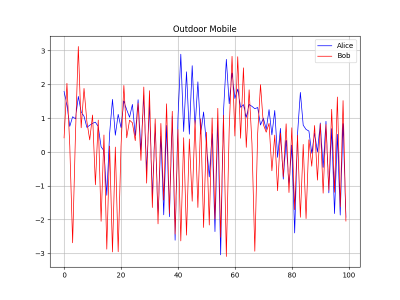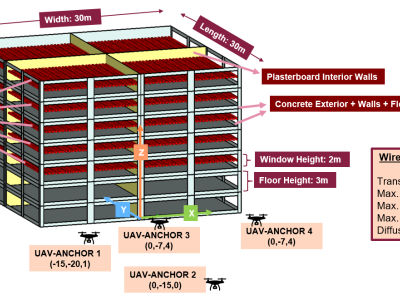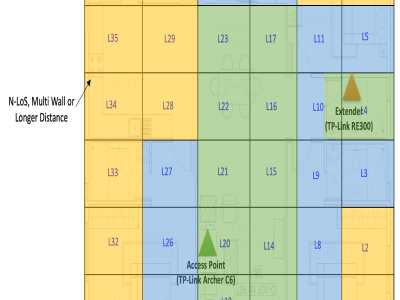
The Smart Home Device Dataset consists of 5000 samples collected at an hourly interval starting from January 2022, representing consumer electronics and IoT-enabled devices in a home automation environment. Each entry is associated with a unique device ID, ensuring identification of distinct devices. The dataset captures real-time sensor readings, including temperature variations (18°C to 30°C), power consumption levels (10W to 500W), and user activity states (Active, Idle, or Sleep), which provide contextual insights into device operation.
- Categories:




